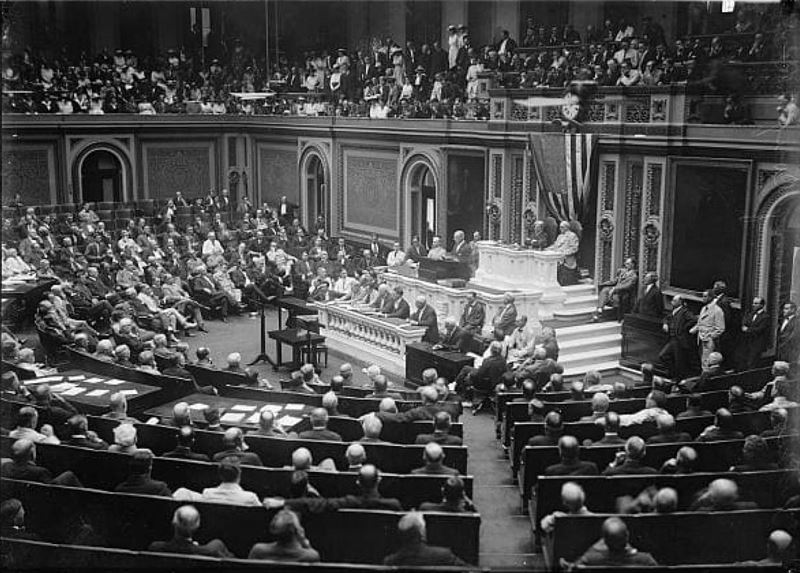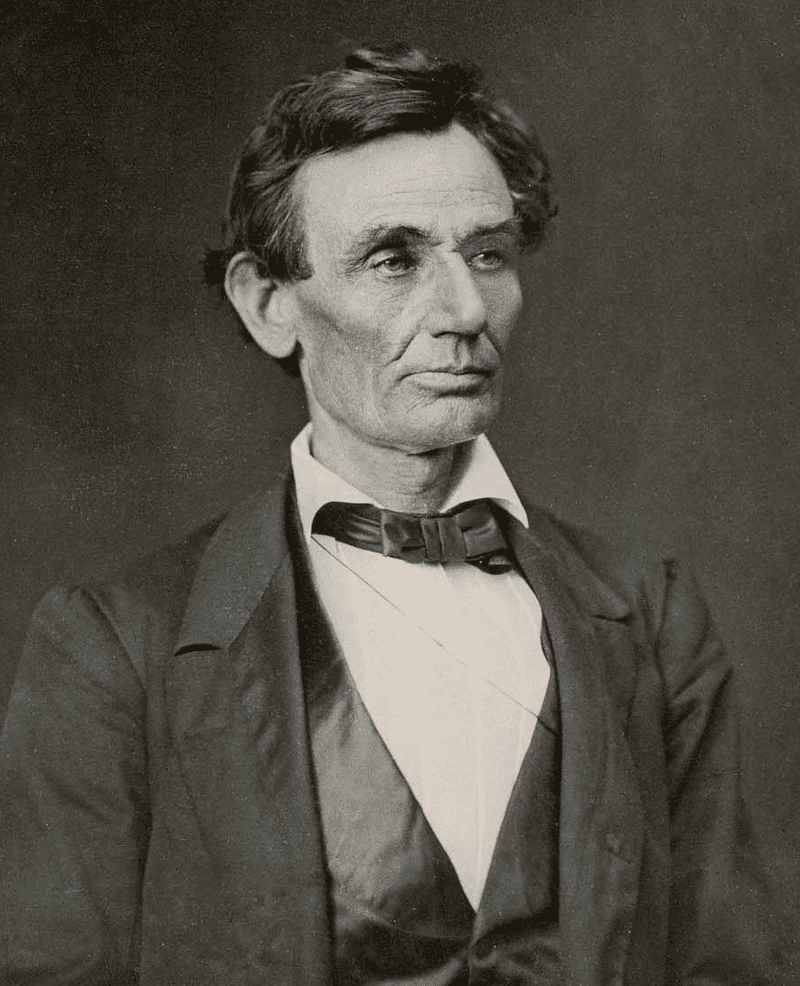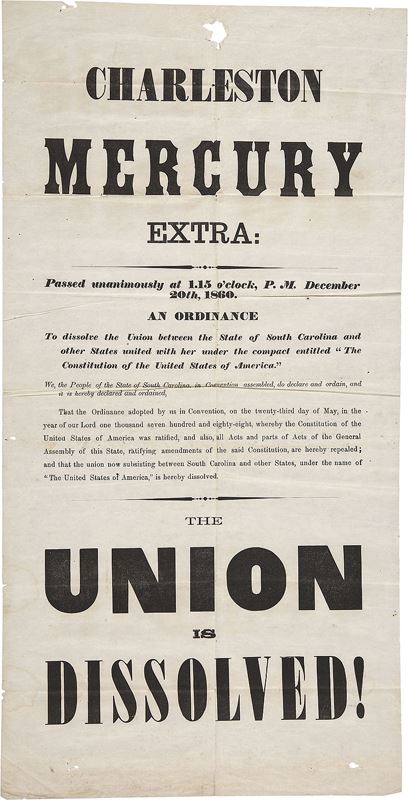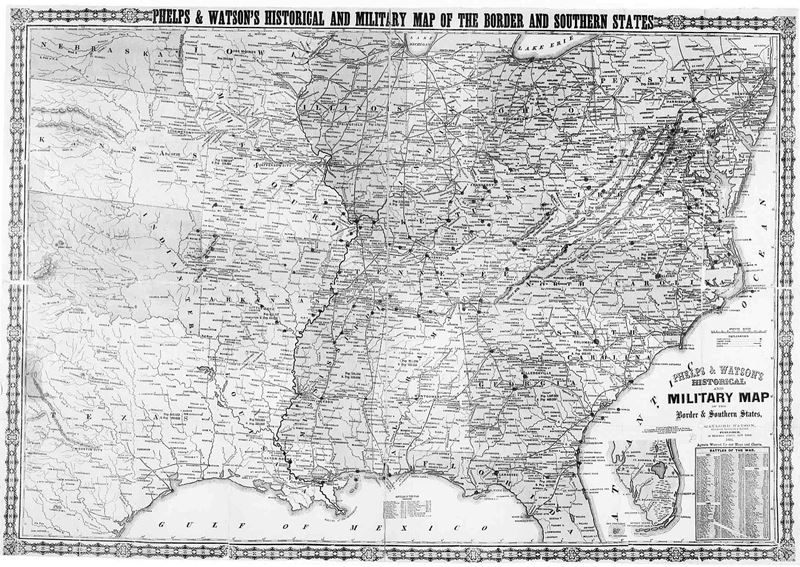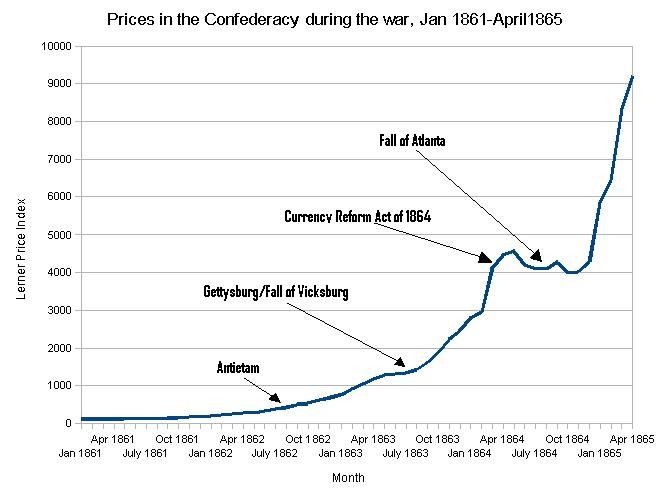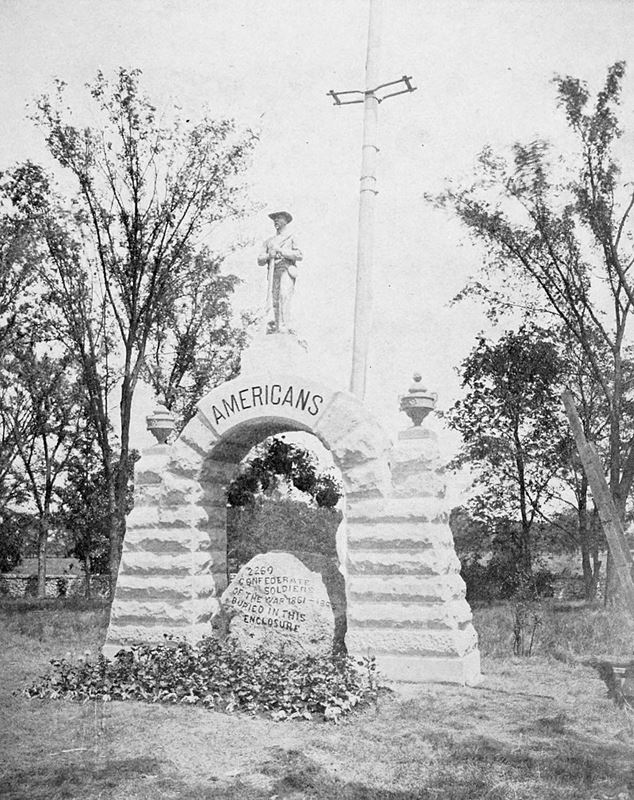The United States entered into World War I in April 1917, more than two and a half years after the war began in Europe.
Apart from an Anglophile element urging early support for the British and an anti-Tsarist element sympathizing with Germany’s war against Russia, American public opinion had generally reflected a desire to stay out of the war: the sentiment for neutrality was particularly strong among Irish Americans, German Americans, and Scandinavian Americans,[1] as well as among church leaders and women in general. On the other hand, even before World War I had broken out, American opinion had been overall more negative toward Germany than toward any other country in Europe.[2] Over time, especially after reports of German atrocities in Belgium in 1914 and following the sinking of the passenger liner RMS Lusitania in 1915, Americans increasingly came to see Germany as the aggressor in Europe.
While the country was at peace, American banks made huge loans to the Entente powers, which were used mainly to buy munitions, raw materials, and food from across the Atlantic. Although Woodrow Wilson made minimal preparations for a land war before 1917, he did authorize a ship-building program for the United States Navy. The president was narrowly re-elected in 1916 on an anti-war platform.

